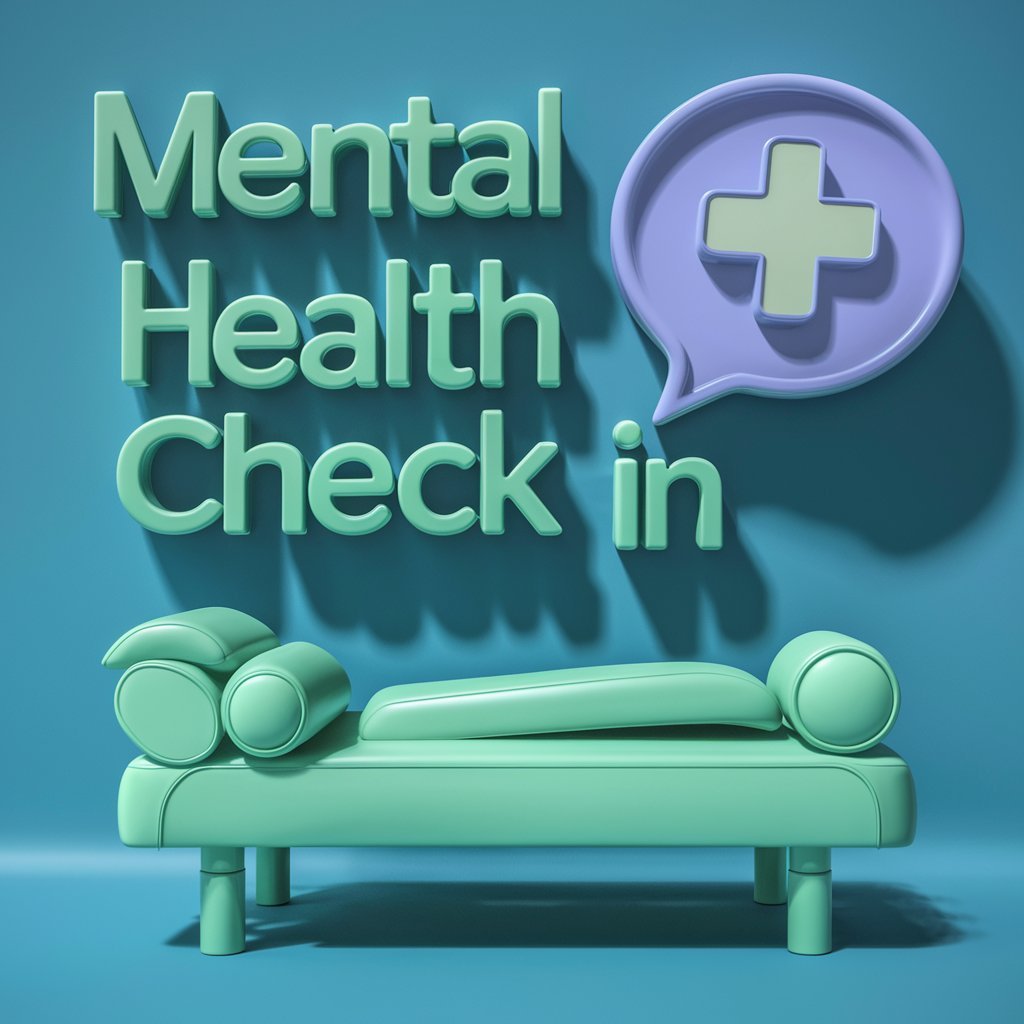Trigger warnings have become a hotly debated topic in recent years, with some arguing that they are essential for creating a safe and inclusive environment, while others claim that they stifle free speech and limit academic freedom. In this article, we will delve into the purpose of trigger warnings, the controversy surrounding them, and the arguments on both sides of the debate.
The Purpose of Trigger Warnings
Trigger warnings are warnings that alert individuals to the potential presence of content that could trigger a negative emotional response. These warnings are often used in educational settings, such as universities and colleges, to notify students about course material that may contain sensitive topics like violence, sexual assault, or other traumatic experiences.
The main purpose of trigger warnings is to allow individuals who have experienced trauma to prepare themselves emotionally before engaging with potentially triggering material. By giving individuals a heads-up about the content, trigger warnings provide them with the opportunity to make an informed decision about whether or not to engage with it.
Advocates of trigger warnings argue that they are essential for creating a safe and inclusive environment for individuals with a history of trauma. They believe that trigger warnings can help prevent retraumatization and ensure that individuals are able to engage with academic material in a way that is emotionally manageable for them.
The Controversy Surrounding Trigger Warnings
Despite their intended purpose, trigger warnings have sparked controversy among academics, students, and the general public. Critics of trigger warnings argue that they are unnecessary and infringe upon the principles of free speech and academic freedom. They believe that trigger warnings create an overly cautious and censored environment that limits intellectual discourse and critical thinking.
Opponents of trigger warnings also argue that they can be misused and lead to a culture of over-sensitivity. They claim that trigger warnings can be used as a tool to avoid difficult or uncomfortable topics, rather than engaging with them in a meaningful way. Critics also point out that trigger warnings are not based on empirical evidence and may not actually prevent emotional distress.
Conclusion
In conclusion, trigger warnings have become a point of contention in academic and cultural debates. While some argue that they are essential for creating a safe and inclusive environment for individuals with trauma histories, others claim that they stifle free speech and limit academic freedom. The debate over trigger warnings is likely to continue, as both sides present compelling arguments for and against their use.
FAQs
Q: Do trigger warnings restrict academic freedom?
A: Some argue that trigger warnings restrict academic freedom by censoring content and limiting intellectual discourse. However, others believe that trigger warnings can actually enhance academic freedom by creating a more inclusive environment for all individuals to engage with course material.
Q: Are trigger warnings effective in preventing emotional distress?
A: The effectiveness of trigger warnings in preventing emotional distress is a subject of debate. While some believe that trigger warnings provide individuals with the opportunity to prepare themselves emotionally before engaging with triggering material, others argue that trigger warnings may not actually prevent emotional distress and could be misused to avoid difficult or uncomfortable topics.





